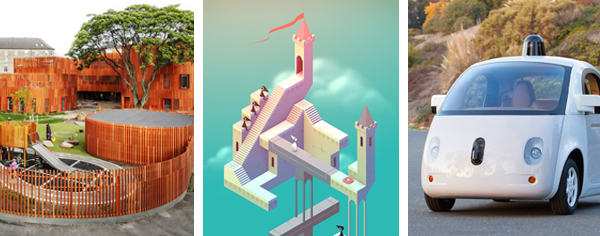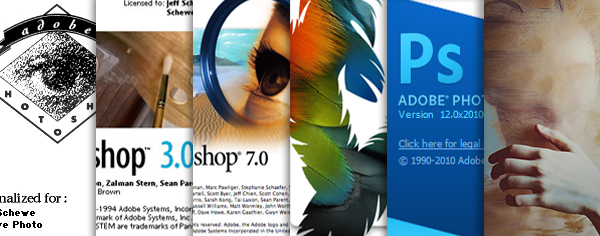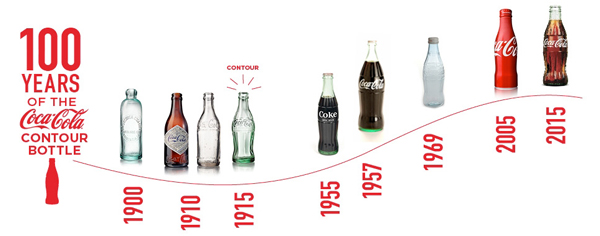As a graphic design studio in Newcastle we always take note of what’s happening in the wider design world. Lots can happen in just one short week so here’s a quick roundup of some of the bigger stories we’ve followed from the past seven days.
Use our quick links to read about:
Designs of the year 2015 / A couple of birthdays – Photoshop and the Coke bottle
In our last Friday Roundup we featured the winners of the DBA Design Effectiveness Awards. Another week and another awards programme, this time the Design of the Year 2015 awards organised by the Design Museum. The awards look to recognise design that “delivers change, enables access, extends design practice or captures the spirit of the year”. There are six categories: Digital, Fashion, Graphics, Architecture, Product and Transport. 76 nominees are recognised across the different disciplines and it is an inclusive range; independent designers, research groups and international agencies, from Europe, USA, South America, Asia and Africa. An exhibition showcasing all the entries will open on March 25th and run through until August 23rd with the overall winner being announced in May.
The nominations this year include the Forfatterhuset Kindergarten in Copenhagen, the MegaFaces installation at the Winter Games, the Monument Valley iPad game, Google’s self-driving car and Norway’s new banknote designs (featured in Friday Roundup – 10th October 2014). This breadth and diversity have led some to question the viability of chosing a single overall winner; how can you objectively compare a 3D printing lab for prosthetic limbs with a visual identity for an arts festival? However, all of the entries are unquestionably unique and innovative – check out the Design Museum website for the full list of nominees.

First up, Photoshop. Last week, the power-house image editing application hit the big quarter-century birthday. In the 1990s, the program was revolutionary in the creative industry allowing quick and easy editing and manipulation of photos. Its frequent updates over the years have seen it develop from a modest piece of software into the indispensable cornerstone of Adobe’s Creative Suite.
Perhaps, more important than this, though, has been its impact socially and culturally. The rise of the internet was concurrent with Photoshop’s early days, and as the web – and social media – developed, manipulated photos became an integral part of its makeup. The internet allowed a design application to become known outside of creative circles to the extent that it became a noun, frequently misused to describe any form of photo manipulation. Furthermore, its use in magazines and advertising to ‘touch up’ models and celebrities has led to numerous debates about its complicity in the spread of distorted body image perceptions. The recent leak of un-touched Beyonce photos caused a minor storm primarily because it revealed the extent to which the program is employed to alter advertising images.
There’s no denying that Photoshop has made a huge impact over the last 25 years, both within the design industry and, uniquely for a computer program, in the broader social consciousness. Adobe has celebrated their star software’s birthday with a short film showcasing Photoshop’s creative power. Called ‘Dream On’ it quickly clocked up a million views on YouTube when it was released last week. Click here to take a look.

Next up is the iconic Coke bottle, which celebrates its 100th birthday this year. Coca-Cola has identified November 16th as the official anniversary, but yesterday they opened an exhibition in Atlanta – 100 years in a bottle – to celebrate the milestone. The bottle was the result of a competition held by Coke who were looking for a unique design to replace their incumbent square-sided style which was too easy to copy. Indiana-based Roots Glass Company won the contest with their cocoa bean inspired ‘Contour’ design. It was manufactured in Georgia green glass in honour of the drink company’s home state.
By the 1950s, the bottle was already an icon; it appeared on the cover of Time magazine (the first commercial brand to do so) and successfully achieved trademark status. At the time, a study in America revealed that more than 99% of people asked were able to identify the drink by its shape alone. Coca Cola have launched a website in commemoration covering a timeline of the bottle’s history, retrospective of advertisements from the last century and a collection of artwork inspired by the bottle.